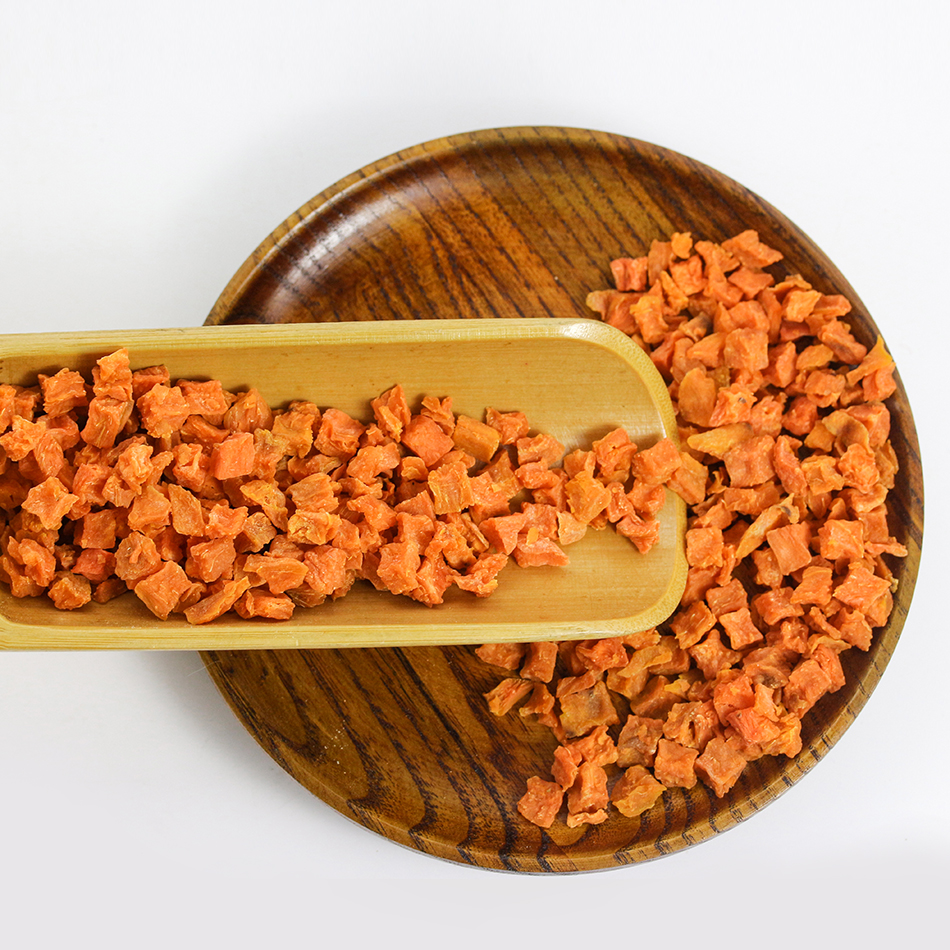At present, the wheat along the Huaihe River in Anhui is in the period of turning green. Compared with the perennial, especially last year, the overall situation of the seedlings is weak this year, mainly due to the delay of the sowing date, the autumn drought and the low temperature, as well as the large sowing and deep sowing. After several intermittent temperature rises since late January, and farmers’ timely recovery of green manure, there has been a certain degree of transformation and upgrading of the seedlings. Spring tube favorable factors: First, Wang Miao greatly reduced. The second type has a large proportion of seedlings; the second is that since autumn and winter, there is sufficient rainfall, soil moisture is suitable, there are fewer tillers, and the number of stems is more than enough. Third, no serious freezing damage occurs in winter, and continuous low temperature suppresses the occurrence of pests and diseases; Fourth, the temperature rises quickly Accelerated growth of wheat, seedlings were significantly improved; Fifth, the field management measures in place, the end of January early February early on the second and third seedlings and late weak seedlings generally followed the return of green manure. Unfavorable factors: due to early cooling and persistent rain, the area before weeding is small and the grass is relatively serious; some of the three trenches in the field have low quality, and the risk of flooding is relatively high; early sowing and large seeding are larger. There is a risk of prosperous growth, defertilization and premature senescence. Sheath blight occurs early and has a severe illness. Late weak seedlings planted after the end of October last year are now only 3-5 leaves, 1 to 2.5 stems, promoting weak It is more difficult to get stronger. Spring tube comments: 1. Classified guidance, top-dressing green manure. For the second and third types of seedlings with insufficient population and fewer tillers, fast-acting fertilizers such as urea are applied early; late weak seedlings sown late and without tillering, in addition to topdressing urea, foliar fertilizers should be sprayed to promote wheat absorption. Wang Miao and a seedling are not fertilized. 2. For the grass, symptomatic. According to the species of weeds in the wheat field, weeds, broad-leaved weeds or mixed weeds were selected and herbicides were selected. We chose to spray on warm and windless weather. 3. Dredge “three ditch†to reduce moisture and prevent stains. Dehumidification and anti-smearing should be used as the primary work for wheat field management in the spring wheat field, strengthen guidance, clean up in time, ensure the smooth flow of “three channelsâ€, eliminate water accumulation in the field as soon as possible, and protect the root from premature decay. 4. Timely control of sheath blight. When the rate of diseased plants of the sheath blight is more than 20%, the mu will be sprayed with 24% thiadiamide (full spike) 20ml or 12.5% ​​Jinggang bacillus (vinum mildew) water 200ml plus water 40kg, seriously ill The area is sprayed again about 10 days after the first spray. 5. Prevent late spring. From March to early April, late spring and cold weather occur frequently, often resulting in reduced production. Immediately applying topdressing nitrogen fertilizer or spraying foliar fertilizer to promote the recovery of wheat seedlings can effectively reduce the damage. Dehydrated Pumpkin Slices
The product requires that the dehydrated pumpkin slices should be light yellow or orange, flaky or filamentous..
Dehydrated Pumpkin Cubes,Dehydrated Pumpkin Granules,Homemade Dehydrated Pumpkin Chunks,Delicious Dehydrated Pumpkin Cubes Taizhou BEST Imp.and Exp.trade Co., Ltd. , https://www.xinshuyufood.com
The main processing process of dehydrated pumpkin slices includes raw material cleaning, finishing and cutting, blanching, dehydration and packaging.
Pumpkins for dehydration should be selected from ripe pumpkins with good flavor, smooth skin and orange-red flesh.
Washing Dry the pumpkin in clean water to remove dirt such as mud.
Sorting and cutting Remove the stem of the washed pumpkin, then cut it into two halves with a knife, and peel off the outer skin and the inner pulp and seeds. Cut it into 3-4mm or 6-7mm thin slices (you can also use a grater to smash into filaments).
The blanched and cut melon slices are treated with steam or boiling water for 1-3 minutes, then quickly cooled with cold water, and the water droplets are drained.
Dehydration Put the blanched pumpkin slices into a baking sieve for dehydration. The drying temperature is first controlled at 45-60 °C, and then gradually increased, but cannot exceed 70 °C. Dry until the moisture content of the dry product is below 6%.
